based on E.H. Nickel & M.C. Nichols (2009), H. Strunz & E.H. Nickel (2001),
revised by Thomas Witzke (2022)
1. ELEMENTS
(Metals and intermetallic alloys, Metalloids and Nonmetals, Hydrides, Borides, Carbides, Silicides, Nitrides, Phosphides, Oxy-Titanides)
1.B: Metallic Hydrides, Borides, Carbides, Silicides, Nitrides, Phosphides, Oxy-Titanides
CaF2 structure type.
 |  |  |
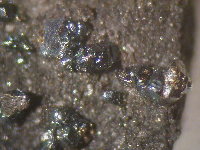 | 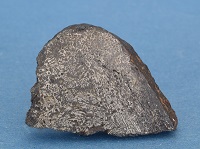 | 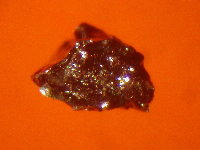 |
Cohentite belongs to a large group of perovskite type structures. It can be classified as non-stoichiometric B-site vacant perovskite of antiperovskite type. The structural formula can then be given as CFe3 (Mitchell et al., 2017, Min. Mag. 81, 411-461).
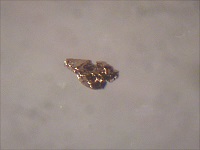 | 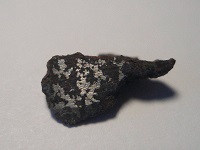 | 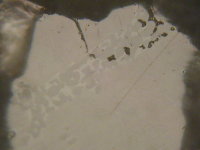 |
Suessite is isostructural with α-Iron, Im3m, (see in 1.AA.) and represents the most Si-rich endmember for Fe-Si compounds of this structure type. Fe and Si are disordered (Keil et al., 1982, Am. Min. 67, 126-131).
Carletonmooreite is isostructural with Auricupride (Garvie et al., 2021, Am. Min. 106, 1828-1834) (see in 1.AC.), and belongs therefore to a large group of perovskite type structures. It can be classified as non-stoichiometric B-site vacant perovskite of antiperovskite type. The structural formula can then be given as SiNi3. It is not included in the perovskite supergroup description (Mitchell et al., 2017, Min. Mag. 81, 411-461), because discovered after the publication.
Perryite: originally described as (Ni,Fe)8(Si,P)3. Re-examination showed that P and Si are ordered, the new formula is (Ni,Fe)16PSi5 (Britvin et al., 2021, Jorn. of Geosciences 66, 189-198).
Palladosilicide is isostructural with the minerals of the Barringerite group (see in 1.BF.) and Palladogermanide Pd2Ge (see in 2.AC.). Majakite, PdNiAs (see in 2.AC.) is very closely related, showing the same topology, but with doubled c lattice parameter.
Naquite was originally described as Fersilicite, FeSi, without IMA approval.
Linzhiite was originally described as Ferdisilicite, FeSi2, without IMA approval.
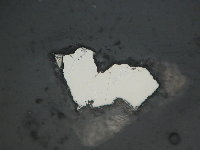 | 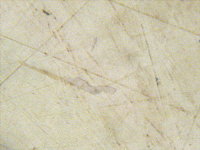 |  |
Siderazot was long time regarded as a questionable species. Redefined using type material (Bette et al., 2011, Minerals 11, 290). Samples usually labeled as Siderazot are something else.
NaCl structure type.
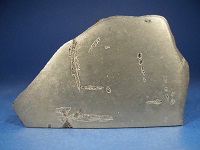 | 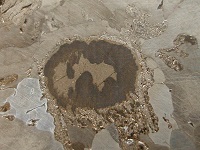 | 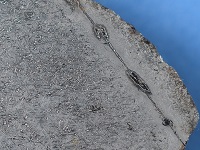 |
Barringerite group minerals are isostructural with Palladosilicide, Fe2P (see in 1.BD.) and Palladogermanide Pd2Ge (see in 2.AC.). Majakite, PdNiAs (see in 2.AC.) is very closely related, showing the same topology, but with doubled c lattice parameter.
Isostructural with pyrite.
Isostructural with löllingite.
 |  |  |  |
Paulrobinsonite is isostructural with synthetic η-phases, represented by carbides of M6C type, like Co3W3C. Oxygen occupy interstitial positions in Paulrobinsonite, therefore the mineral is placed rather in the Elements class than in the Oxides.
G = Grandfathered minerals: original description preceded the establishment of the CNMNC in 1959, and generally regarded as a valid species
A or IMA No. = Minerals approved by the CNMNC
Rd = Redefinition of the mineral approved by the CNMNC
Rn = Renamed with approval by the CNMNC
Q = Questionable mineral
Classification principles:
Subdivision of the Elements subclass "1.B: Metallic Hydrides, Borides, Carbides, Silicides, Nitrides, Phosphides, and Oxy-Titanides" is based first mainly on chemical principles, according to the order of the elements in groups (columns) in the periodic table: Hydrogen (H), Boron group (B), Carbon group (C, Si), Nitrogen group (N, P). Grouped at the end of the sub-class are 1.BG., Oxy-Titanides: Minerals intermediate between intermetallic compounds and oxides. Discovery of several new minerals required significant changes compared to Strunz 9. The chemical subdivision in first instance was preferred here over a structural subdivision because of too many different structures and resulting difficulties for a logical classification.
Further classification:
|
1.BA. Hydrides: New. Required by the discovery of the first metal hydride mineral. 1.BB. Borides: New. Required by the discovery of the first metal boride mineral. 1.BC. Carbides: From lower to higher carbide content per formula unit. 1.BD. Silicides: Fe-, Ni- and Mn silicides from lower to higher silicide content per formula unit; PGE silicides. 1.BE. Nitrides: From lower to higher nitride content per formula unit. 1.BF. Phosphides: From lower to higher phosphide content per formula unit. 1.BG. Oxy-Titanides: Minerals intermediate between intermetallic compounds and oxides: New. From lower to higher oxygen content per formula unit. |
To distinguish from classical Strunz numbering, on hierarchical "group" level, a numbering with 3 digits is used, like "1.BA.005. Kishonite", instead of 2 digits (like "1.BA.05.") in the Strunz system.
© Thomas Witzke (2023)
